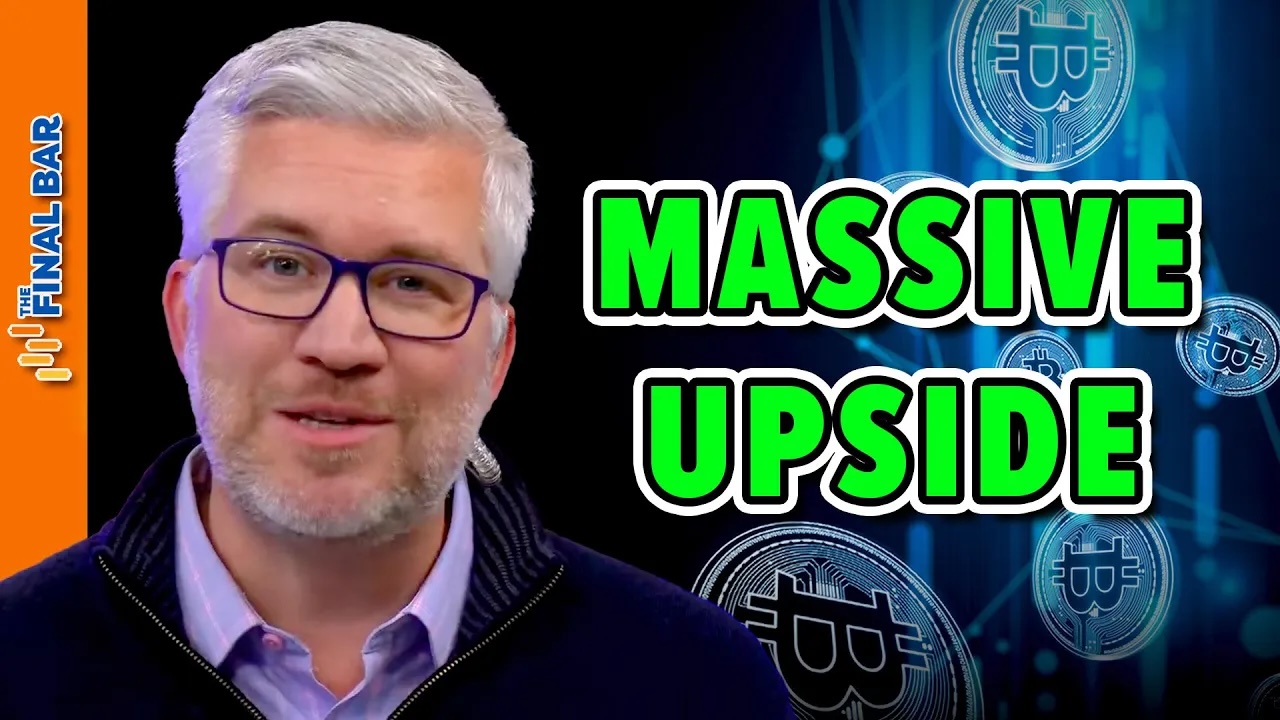The token is set to rebound from BlackRock’s focus on real assets (RWA).

The next phase of the cryptocurrency bull market will not be triggered by Bitcoin halving or the approval of an Ethereum ETF. It will be driven by real assets.
The basic principle of Real World Assets (RWA) is that any asset can be tokenized and traded on the blockchain. These include both relatively simple products such as stocks, commodities and sovereign currencies, as well as more complex products such as real estate derivatives, government bonds and corporate bonds.
Boston Consulting Group estimates that asset tokenization could reach $16 trillion by 2030, saving the equivalent of approximately $20 billion annually, thanks to the efficiencies provided by blockchain. Several companies have already tokenized the US dollar, and brokerage Bernstein expects the US stablecoin market to reach $3 trillion by 2028.
The reasons for mass tokenization are clear. Blockchain provides a highly transparent and secure way to trade assets 24/7, significantly reducing counterparty risk while improving capital efficiency. This means significant savings in management and security costs while increasing the productivity of your assets. Therefore, this is a natural evolution as financial markets transition into a digital-native era.
Smart contracts also introduce the concept of “smart money”, where assets can be programmed to perform tasks in the same way as computer applications. For example, enabling cross-collateralization of multiple debt positions and automatic liquidation of risk positions can help improve capital efficiency and reduce risk.
Central banks around the world are pursuing research into central bank digital currencies, with all G20 members except Argentina claiming to be at an advanced stage of research. That’s why companies like BlackRock want to stay ahead of the market and establish themselves as leaders in the next generation of finance.
BlackRock and RWAs
BlackRock entered the RWA story this year with the launch of BUIDL, the BlackRock USD Institutional Digital Liquidity Fund. BUIDL is an ERC20 token hosted on Ethereum that exposes investors to US dollar yields generated from short-term US Treasury bonds.
As a tokenized fund, buyers only need to purchase BUIDL tokens. Dividends are then distributed to holders in additional tokens each month, and investors enjoy 24-hour payments and access to liquidity.
There are also plans to allow users to enter and exit pools using USDC, the world’s second-largest retail stablecoin. This effectively allows investors to dive into the “Wild West” of decentralized finance (DeFi) tokens and apps in BUIDL’s garden, which is strictly restricted to accredited investors and subject to SEC rules.
Ondo Finance ($ONDO) is a DeFi platform with strong ties to Wall Street looking to leverage the partnership between BlackRock and Circle (USDC issuer). In fact, Ondo was the first to test a new BUIDL-USDC bridge that it hopes will connect to a suite of on-chain products such as OUSG (a BUIDL-like fund).
According to Ondo CEO Nathan Allman, “We can use this to instantly redeem OUSG for USDC 24/7.”
Three Tokens Investors Are Bullish About RWA
Ondo Finance ($ONDO)
Last March, Ondo Finance (ONDO) made waves when it deposited $95 million into BlackRock’s BUIDL fund. This investment was made using a portion of Ondo’s representative short-term U.S. government bond fund (OUSG). OUSG is a tokenized fund that provides liquid exposure to short-term U.S. Treasury bonds.
Like BUIDL, investors can benefit from the low-risk returns of U.S. Treasury bonds, while enjoying the convenience of entering and exiting positions through OUSG tokens. Integrating BUIDL into the fund is a smart move by Ondo, allowing the firm to effectively leverage BlackRock’s extensive institutional infrastructure, security, market reach and, above all, reputation.
Since integrating with BUIDL, Ondo’s token $ONDO has increased from 20 cents on January 21st to 80 cents today. This growth was supported by the launch of USDY, Ondo’s stablecoin for the retail market.
Like OUSG, it is a stablecoin with built-in yield generated from short-term US Treasury bonds. However, unlike OUSG, which is only available to accredited investors, USDY is available to everyone in the Ethereum, Solana, and Cosmos ecosystems.
It offers a slightly higher yield than OUSG at 5.2% and had $208 million invested as of April 22, 2024, doubling its total value.
Given that Ondo’s product is very similar to BlackRock’s own RWA strategy, investors looking to invest in the RWA narrative may want to take a closer look at the $ONDO token as a proxy investment, or simply enjoy the Treasury-based yield that USDY offers.
Oracles – Chainlink ($LINK) and Pyth Network ($PYTH)
Real-world assets hosted on blockchain require reliable data feeds from the “real world.” This includes real-time price feeds from stock exchanges, national currency exchange rates, commodity prices, and more. This is where Oracle comes in.
Oracles are essentially data feeds that reliably and securely deliver data from external data sources to blockchain apps. This will allow DeFi applications such as decentralized exchanges, money markets, and lending platforms to reliably integrate real-world assets, such as stablecoins or stock prices, into their products.
Reliability is key here. If the price oracle diverges, it could cause chaos in the market and result in significant losses. According to Chainalytic, DeFi protocols lost $403 million in 2022 due to oracle attacks.
To ensure reliability, oracles use an incentive token model that requires users to stake (collateralize) their assets in exchange for providing data feeds. In return, they are rewarded with newly minted tokens. However, if the data is unreliable, you may lose some of your staked assets.
Chainlink ($LINK) has established itself as the most trusted oracle in the industry, with approximately $22 billion worth of assets as of April 23, according to data from DeFiLlama.
Chainlink is also looking to expand its product line by adding a cross-chain messaging infrastructure called CCIP, which can improve asset transfers across different blockchains and ecosystems.
In partnership with Australia’s ANZ Bank, we explored how CCIP could transfer real-world assets between private and public networks. This demonstrates how Chainlink is using CCIP to build the underlying infrastructure for real-world asset tokenization and adoption by major financial institutions.
Chainlink’s native LINK token has been considered one of the most potential cryptocurrencies for several years now, given how entrenched it is within the DeFi ecosystem. Chainlink’s market cap is currently just over $9 billion, making it one of the top 20 cryptocurrencies by market capitalization. However, it may seem a bit expensive to investors looking for greater growth opportunities.
Recently, Pyth Network has emerged as a reliable alternative to Chainlink. Pyth initially became popular on Solana, but has since appeared on other networks such as Ethereum and Cosmos.
Pyth Network’s current market capitalization is approximately $1 billion. This makes $PYTH an attractive option for anyone who wants to increase their exposure to oracles and RWAs but is put off by the high valuation of $LINK.



